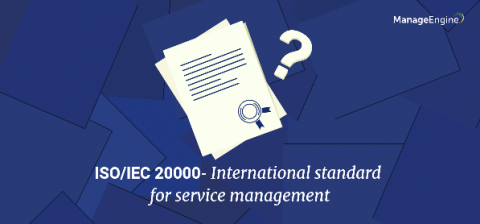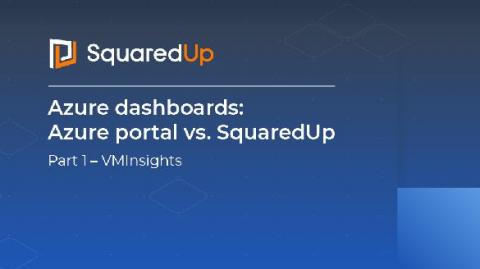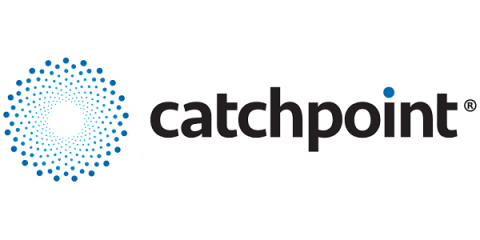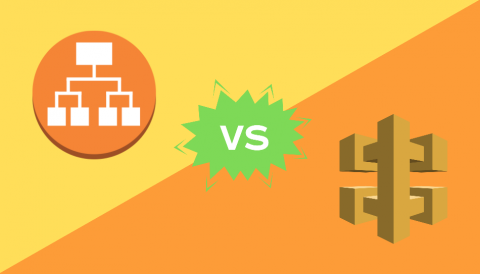ISO/IEC 20000 certification: What it is, why your organization needs it, and how to get it
One of the most important things that customers consider while purchasing a product or service is its credibility. A label that states the product has been tested, analyzed, and certified by an international regulatory body reassures a customer’s purchase decision. This is why organizations today strive to get themselves bench marked, differentiated, and validated. For this, they seek out regulatory bodies that develop and publish international standards.











